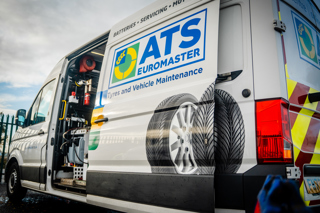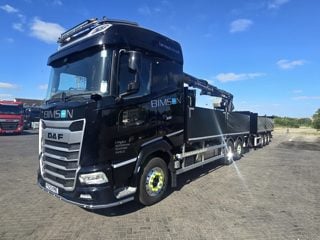What about snow socks or chains?
Fleet operators could issue drivers with snow socks or snow chains instead of fitting cold weather tyres.
Steve Dolby says: “Snow chains and snow socks can be handy in emergency situations when driving at very slow speeds but generally they shouldn’t be used when exceeding 30mph.
“For drivers who use their car every day during the winter, snow chains and snow socks aren’t a viable solution for driving regularly on wet, snow, or ice covered roads in the UK and Ireland.”
ATS Euromaster does not recommend snow chains for the majority of UK fleets.
Fairlie comments: “They can be awkward to fit or remove.
“Local authorities in the UK aim to grit and clear major roads, which means drivers are likely to have to remove and refit chains a number of times per journey. Using snow chains on a road that has been cleared of snow can cause damage to both the road and to the vehicle.”
Similarly, snow socks will have to be removed once the driver is back on a clear road.
“Customers that have experimented with snow socks find they are rarely used by drivers and are eventually lost,” says Lambert.
Geoff Wright, fleet services manager at Celesio, has looked at snow socks, but “due to the sudden changes in conditions in the UK we do not find them that useful”.
The Fleet News view
Fleet operators will need to weigh up cost, safety and operational requirements when deciding their tyre policy.
Those that need to be on the road the majority of the time have a stronger case for choosing cold weather tyres.
Fleet operators also need to remember the importance of driver education – understanding how cold weather/all-season tyres or snow socks/snow chains work, how to perform tyre checks, how to drive in difficult conditions and the company’s travel policy.




















Login to comment
Comments
No comments have been made yet.